Have you ever wondered how the deserts, which were green centuries ago and where there was not even a grain of sand, turned into deserts? Fish fossils found in the region support the idea that these regions may have been seas before.
In the sandy deserts we all know as arid 36-million-year-old whale fossils were unearthed. This game-changing situation may seem impossible to all of us, but it is not! This incident not only confused us, but also astonished the scientific world. Could these fossils be the ancestors of present whales before they evolved?
Mario Urbina, a paleontologist at the National University of San Marcos, estimates that these giant monsters, the last example of which were found in Peru, date back 36 million years. In 2021, a whale fossil was found in the Ocucaje Desert in the Ica region, which came out of dry rocks. “Ocucaje Hunter” This fossil, for which it is named, was a four-legged whale species from 43 million years ago. The words ‘four-legged’ and ‘whale’ may seem a light-year apart, but as a result of these studies, it was concluded that whales evolved from ungulate animals.
It is also a matter of curiosity why the fish whose traces are found in the deserts are in these regions. Why is Egypt, nicknamed “Whale Valley”, full of whale fossils?
In the deserts around the Egyptian city of Fayum, The oldest known whale fossils have been found. Researchers estimate that these fossils are at least 40 million years old. But where do these fossils come from?
People who have been researching the region for a long time, North Africa millions of years ago. ocean waters They proved that it is covered with scientific data. It sounds weird that arid regions that have been deserts for thousands of years were once a wetland, right?
Geological surveys in the region had revealed unexpected results. A huge piece of evidence was found under the sands, but these remains did not belong to any sea.
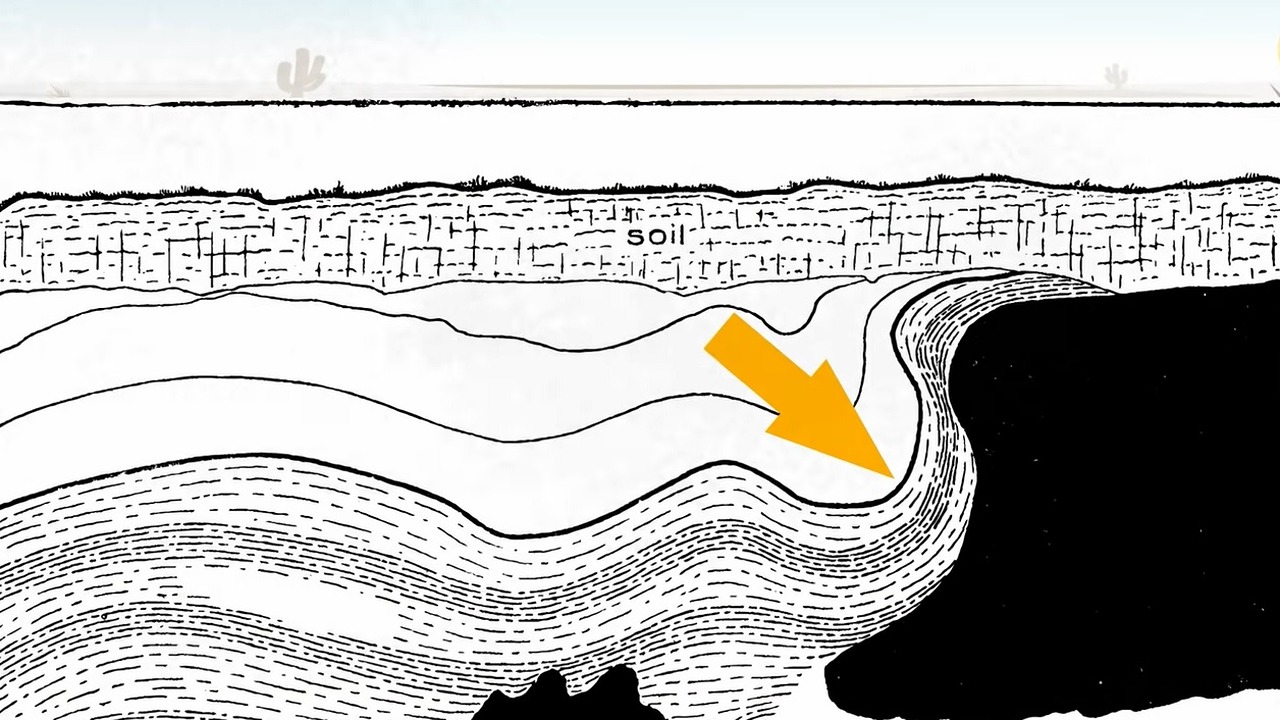
The research continued for several months with the equipment on land. The image in the region, which was later observed from the satellite, was quite surprising. Beneath the desert was an enormous basin, Another basin was discovered nearby. Ancient human settlements have also been found along the shores of these basins. After these developments, it became clear why people chose this region to live.
There used to be an impressively large lake with fresh water spanning 110,000 square kilometers, half the size of Lake Michigan!
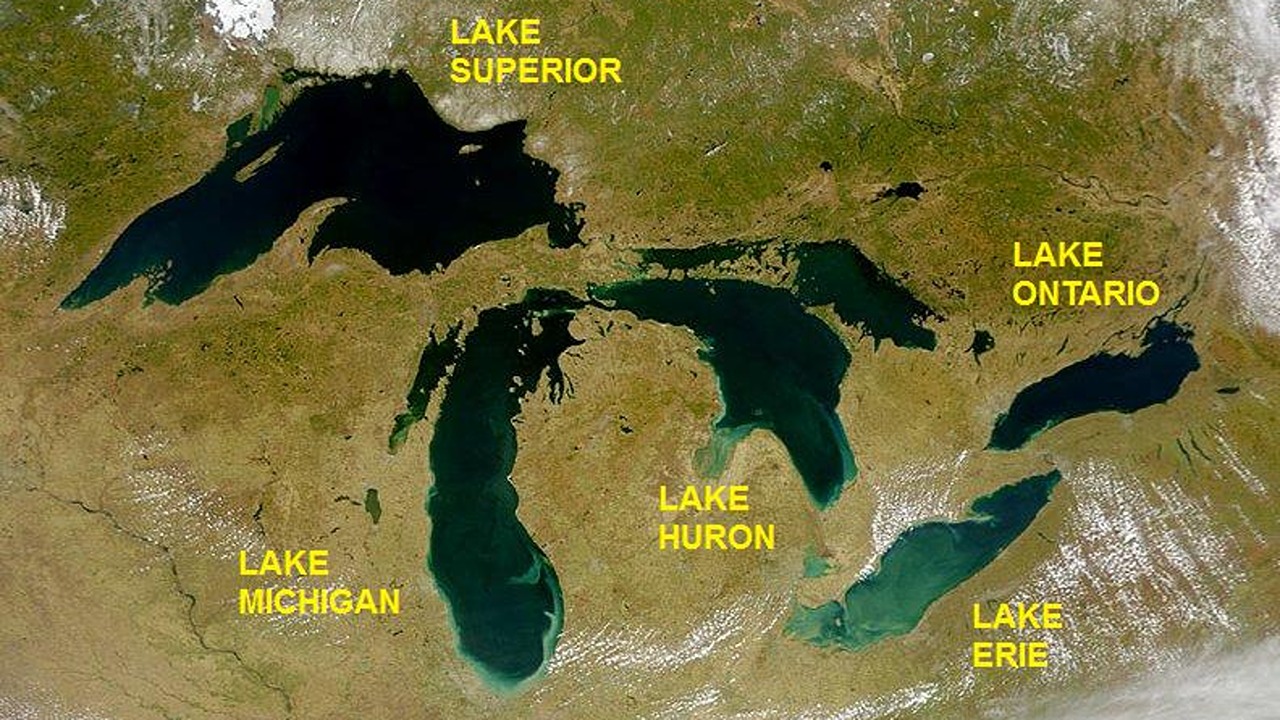
Research done, shows that the lake was a lake formed from the Nile River raid 250 thousand years ago. It seems that the water did not stop until it filled the depression it found in the soil and filled it; The reason for such an event could be rain. Because at that time, the climate of Africa was tropical and it was a region that received heavy rainfall.
The huge lake made the desert habitable.
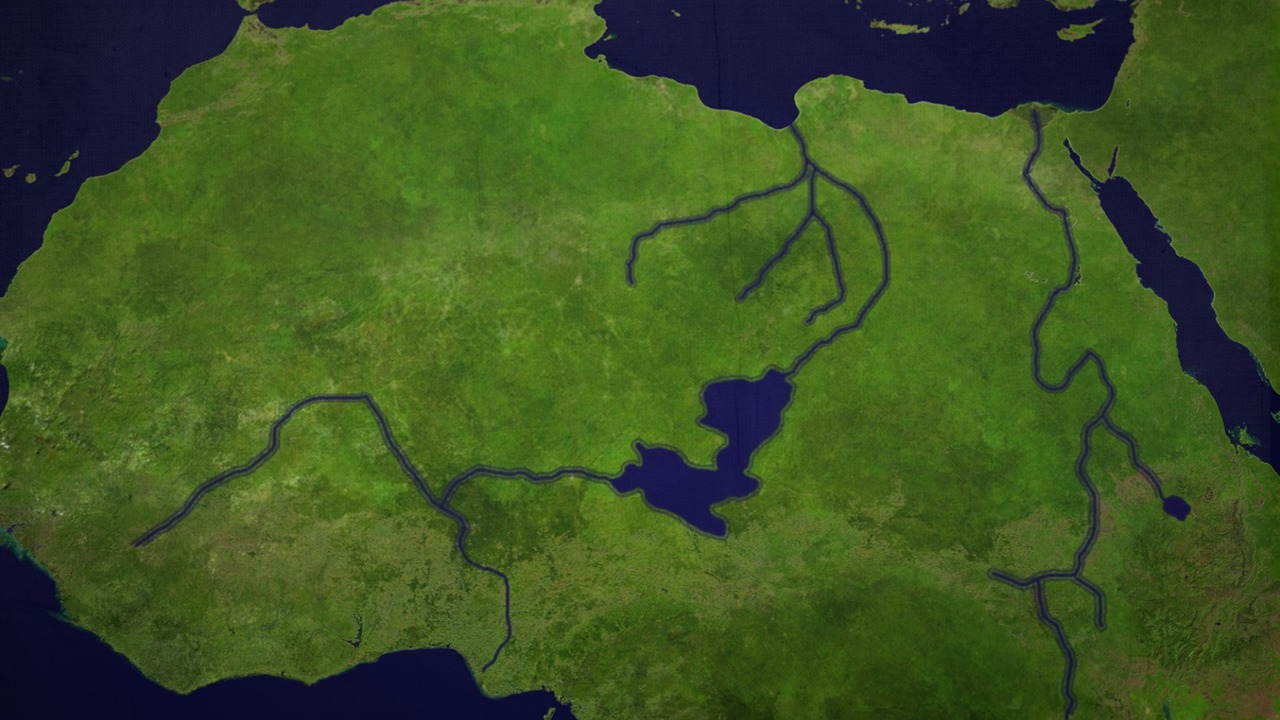
Although animals and humans created a habitat around this lake, as time passed, the lake gradually dried up with climate change. The area, of course, did not suddenly turn into a desert as soon as the water disappeared. It was a slow event. Meanwhile, most of the research on the subject, It proved that the Sahara Desert was a lush region 6,000 years ago.
Now that the fresh water is gone, what kept the region alive?
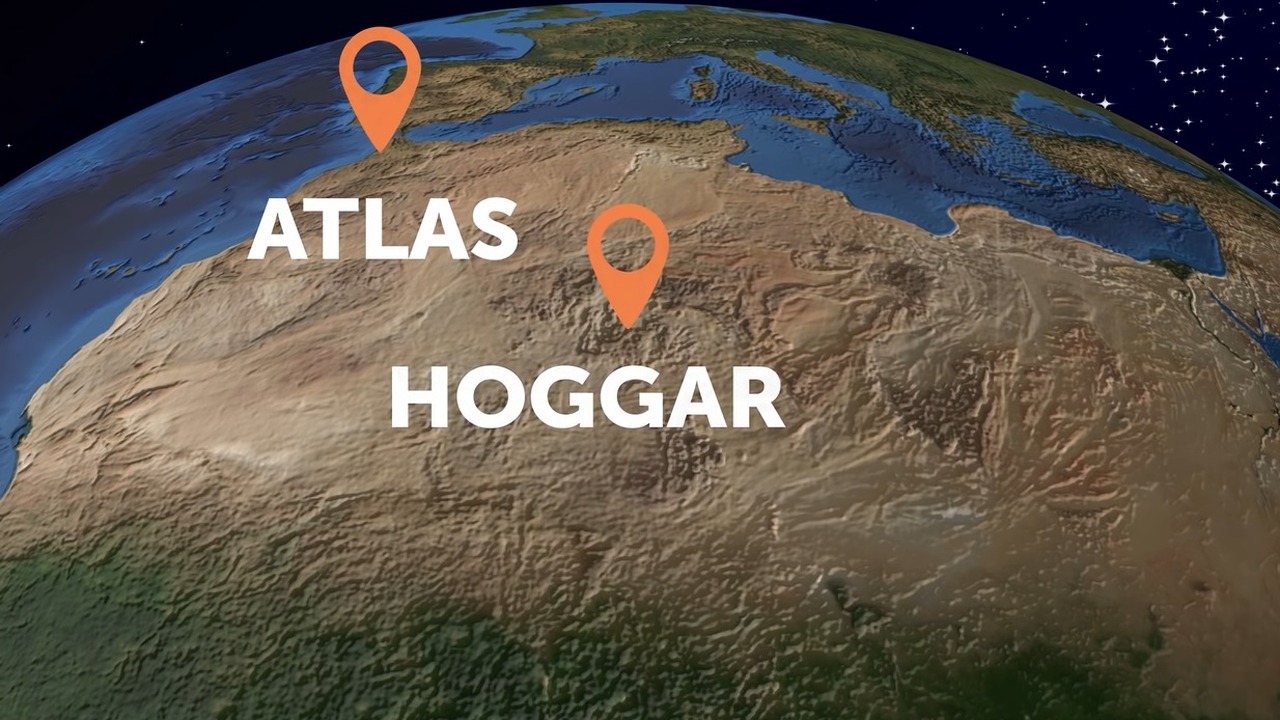
The answer to this question: River system. We all think of only one river, right? But this river was not the Nile, although it played a role in the formation of the region!
The researchers found that in the western part of the desert, the widest boundaries reach 2.5 km, starting on land and extending into the depths of the ocean. into a wide canyon they met. As time progressed on the same continent, deeper parts of the canyon were reached. All this informed that there was at least one river feeding the Sahara region. It was later confirmed that this was actually a “system of rivers” over 500 km long.
The source of these rivers was independent of each other. Someone It flowed from the Atlas Mountains in western Sahara, and another from Mount Hoggar in its centre. As the rivers flowed and accelerated, together they formed the 12th longest river system in the world, called the Tamanrasett. The journey of the rivers was ending in Mauritania. However, the researchers think that the river system is not permanent. This system has been disappearing from time to time for the last 245,000 years.
This system provided nourishment to the arid lands.
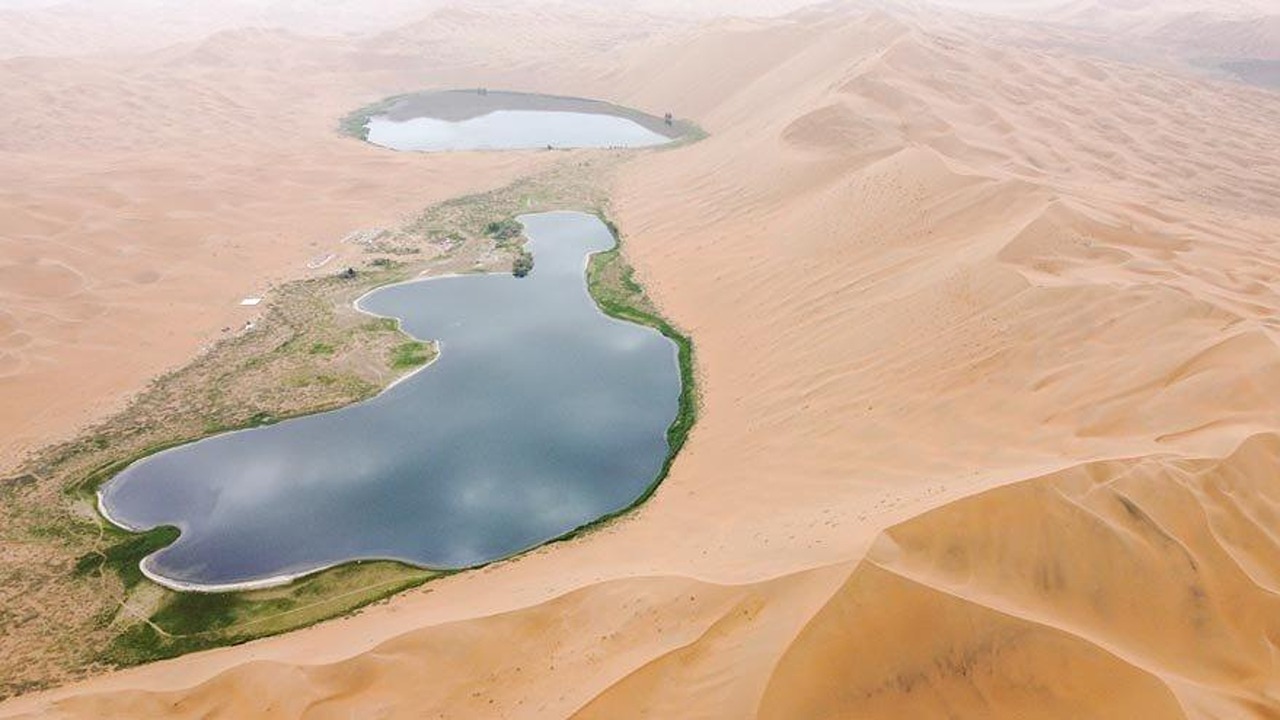
There is information that the source of the water remains we are talking about is still in the desert.. Yes, the famous oases of the Sahara are fed by groundwater and continue to flow under the sands! What’s more, it gets rain every once in a while, helping the region to come to life: So even today, the Sahara Desert is not as dry as we thought.
In prehistoric times, the region was a completely different place.
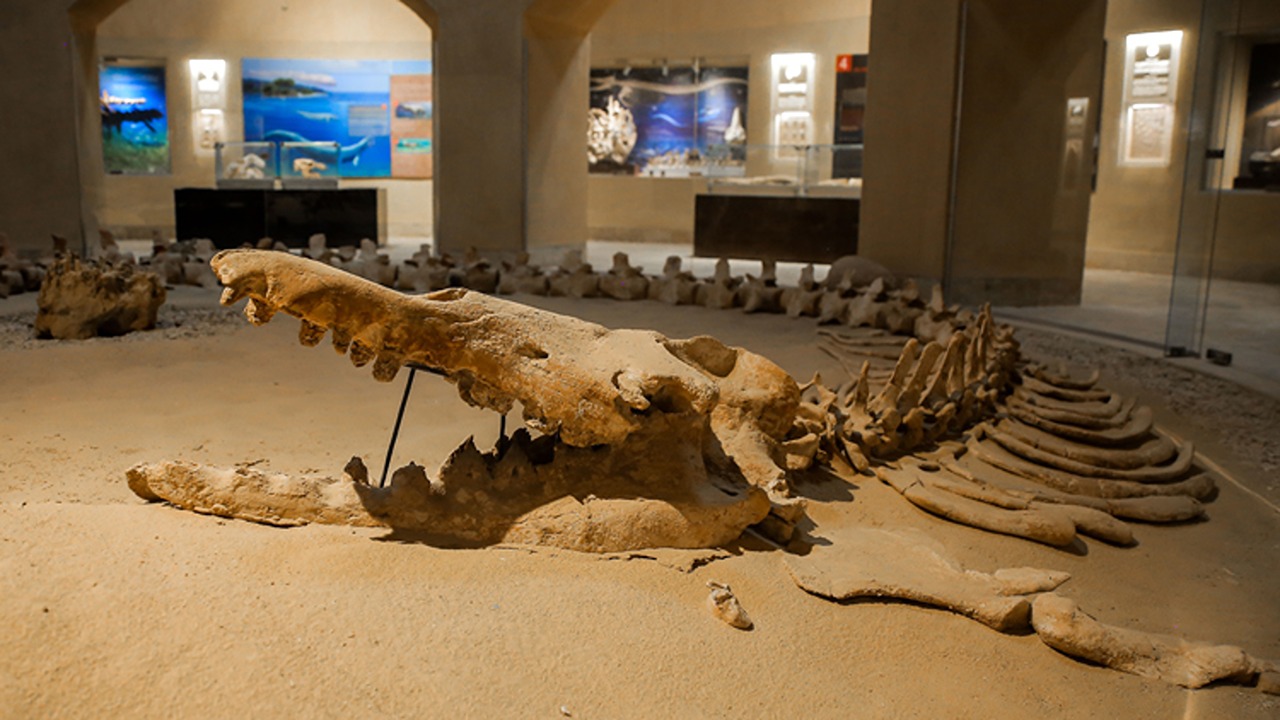
The Wadi Al-Hitan site in Egypt is very famous for paleontologists. Because this place has ruins that suggest that there used to be an ocean here. Among the most interesting finds are the fossil remains of whales. With these discoveries The area was called “Whale Valley”. In addition to whales, there are also many shark teeth in the region.
Even weirder is that whales can be land animals!
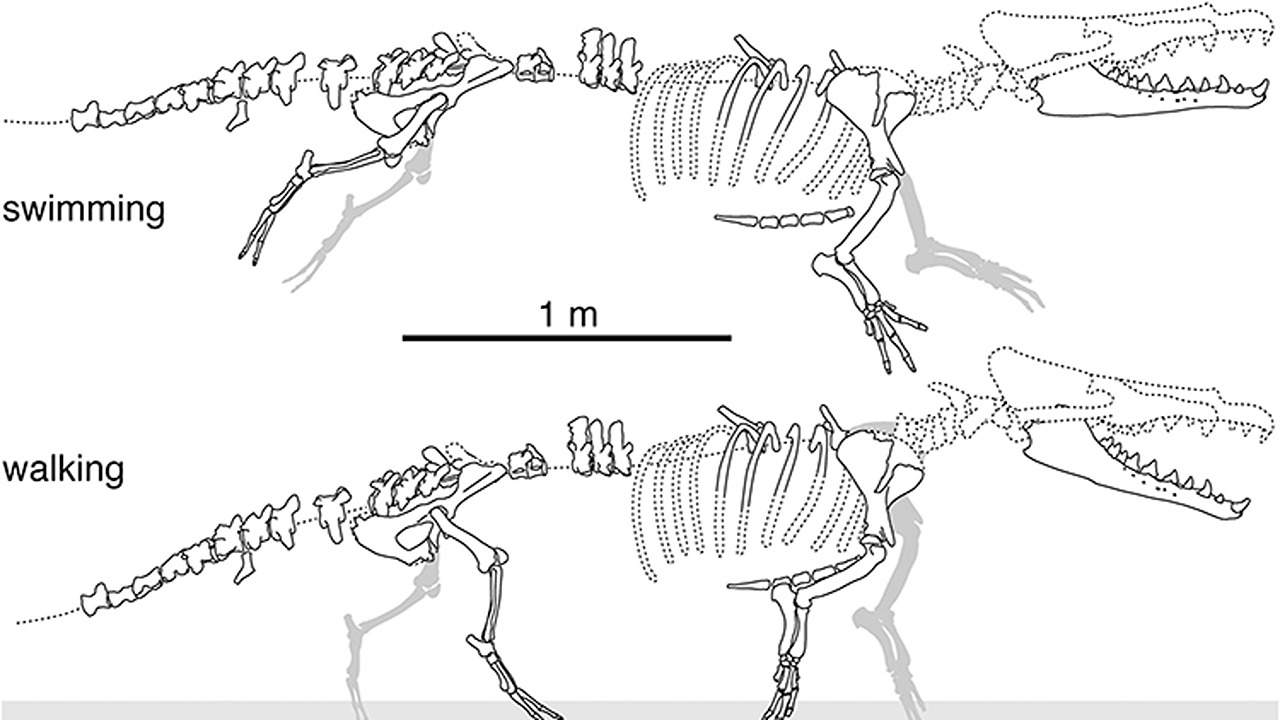
Whales actually left traces of their evolution into marine animals over time. Fossils that have undergone changes over time in the bodies of animals support this opinion. According to the findings, whales’ ancestors had four legs and that his images were completely different from what they are today. The skulls found provide clues as to what they would look like if they were alive today.
How did these regions become deserts when they were seas?
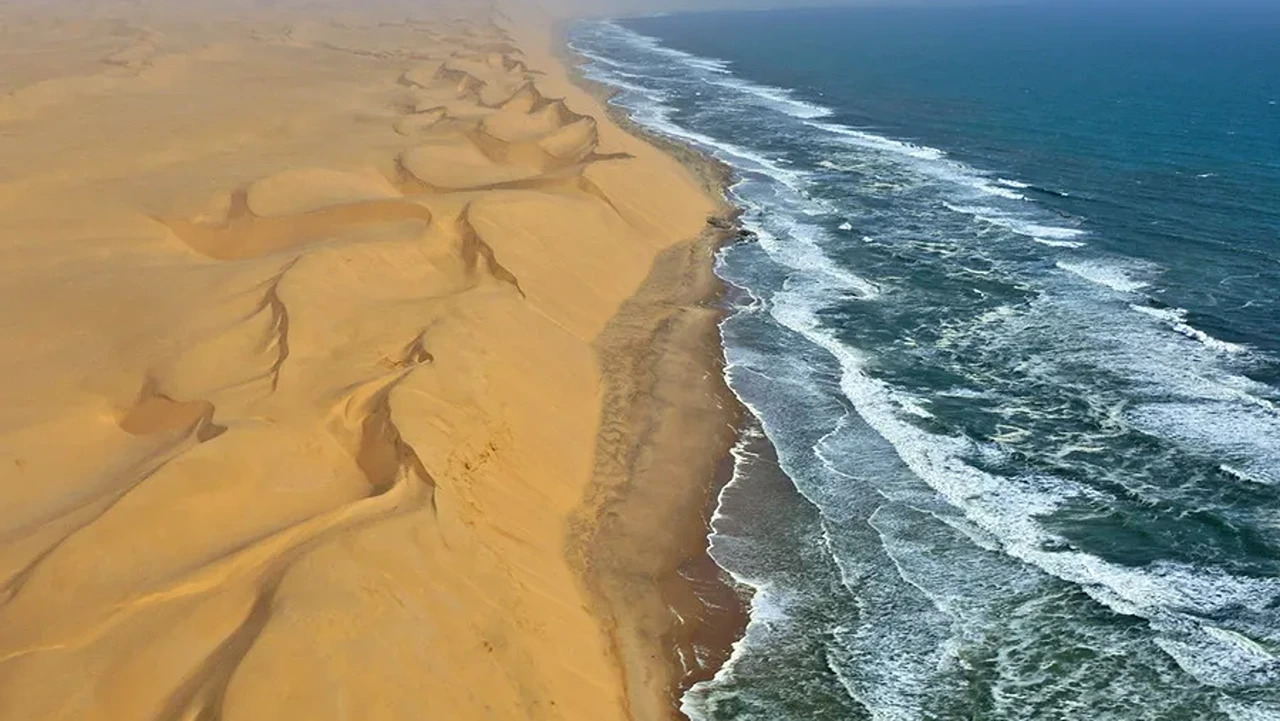
Namib desert
There is a simple answer to this: natural climate change. formerly a lush area Sahara gradually coinciding with the Northern Hemisphere of the Ice Age North Africa began to dry up during the warmer ages, which naturally brought about climate change.
To put it simply, over time, the trees were eroded due to erosion and desertification was completed in this region. Researchers studying the subject at MIT, Columbia University and different educational institutions, sudden climate change They discovered it was happening all over North Africa.
According to The Guardian’s report The Sahara Desert was a 50 meter deep sea about 55 million years ago. Although it may sound strange, scientists come across many fossils while researching in this region. As a result of his research, paleontologist Maureen O’Leary discovered fossils of a 1.6-meter-long catfish and a 12.3-meter-long sea snake.
The number of whales among the fossils found is surprisingly high.
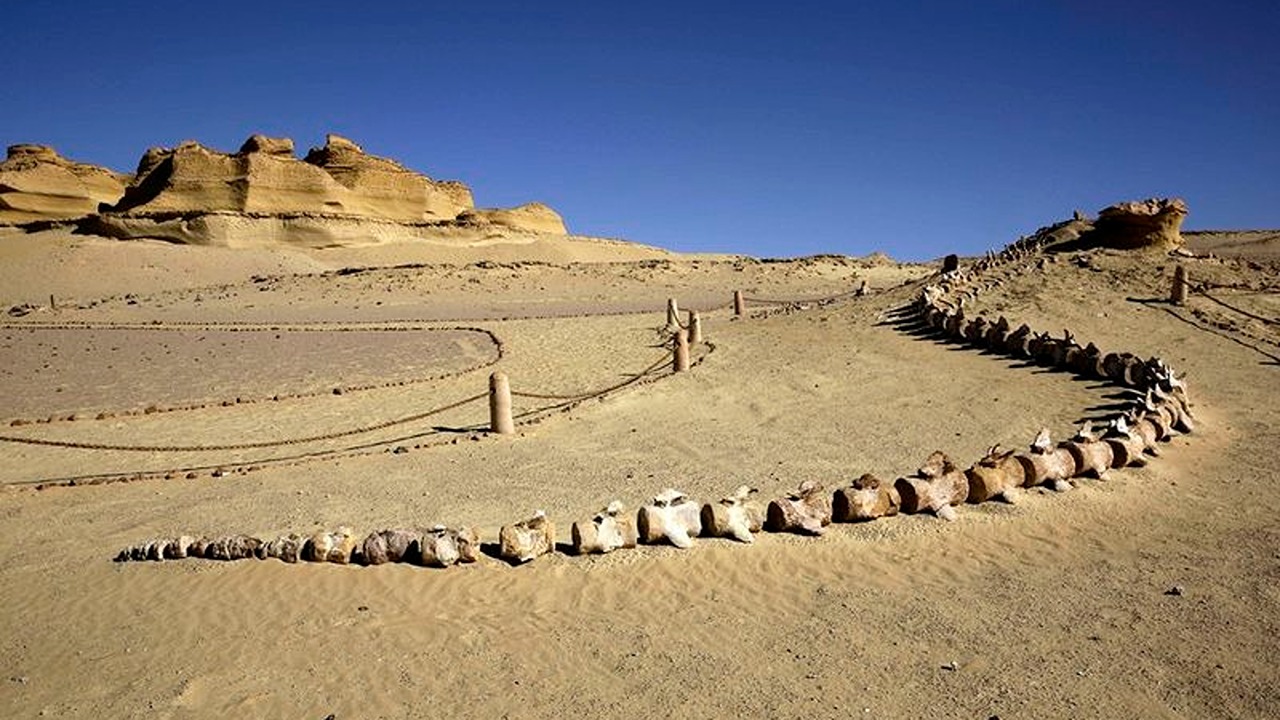
10 fossils found in the Feyyum region. Basilosaurus whales were found to belong. This species is one of the giant whale species on earth that lived about 45 million years ago at the latest. It is said to resemble dolphins in type. It is thought that these species, which do not have holes where they can breathe, like the whales we know, have to stick their heads out of the water to breathe.
RELATED NEWS
12,000-Year-Old Fish Fossils Found in the Sahara Desert
Fossils of humanoid beings have also been found.
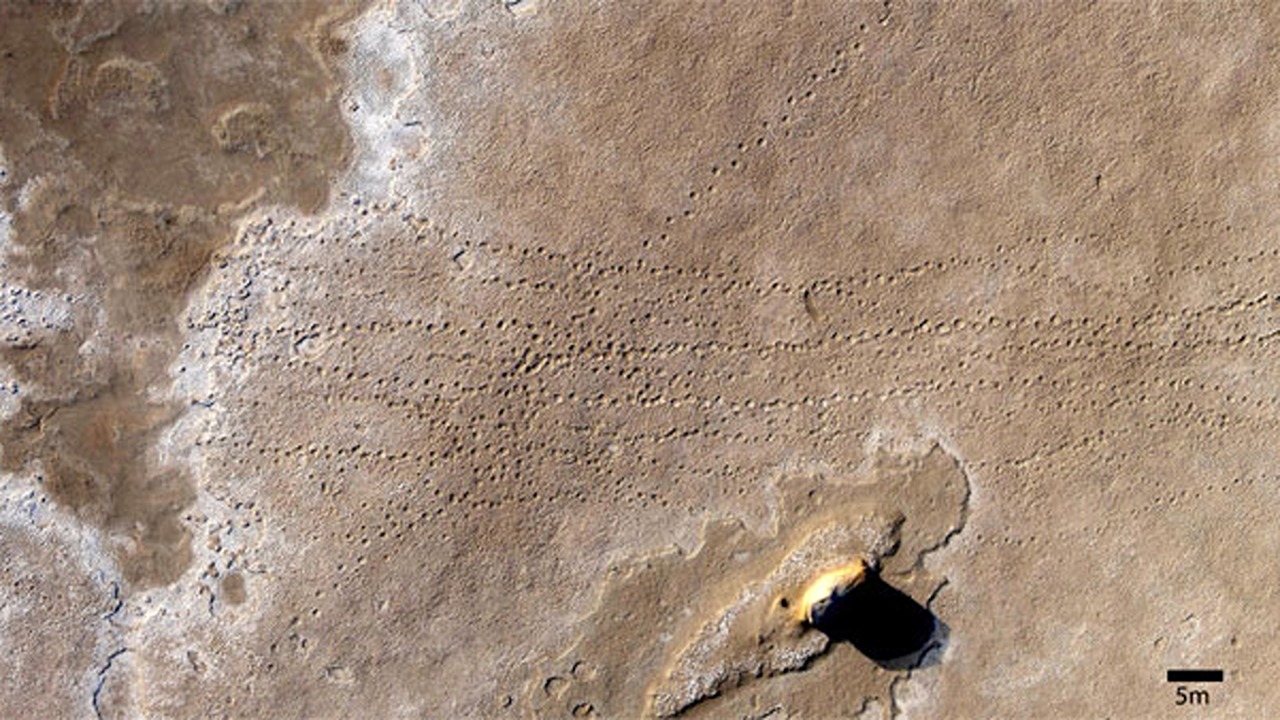
Fossilized image of an elephant footprint in the desert.
Looking at the data of the International Union for Conservation of Nature, fossils of human-like creatures called hominins were also found in the region. located in the region These fossils were found on Mount Katrani. In addition, it is highly probable that the ancestors of elephants, crocodiles and African mammals will be encountered. That’s why the Egyptian administration took the region under protection. Thousands of tourists visit this region every year.
A 36-million-year-old skull thought to be the first ancestor of whales was found in fossils similar to those found in Peru.
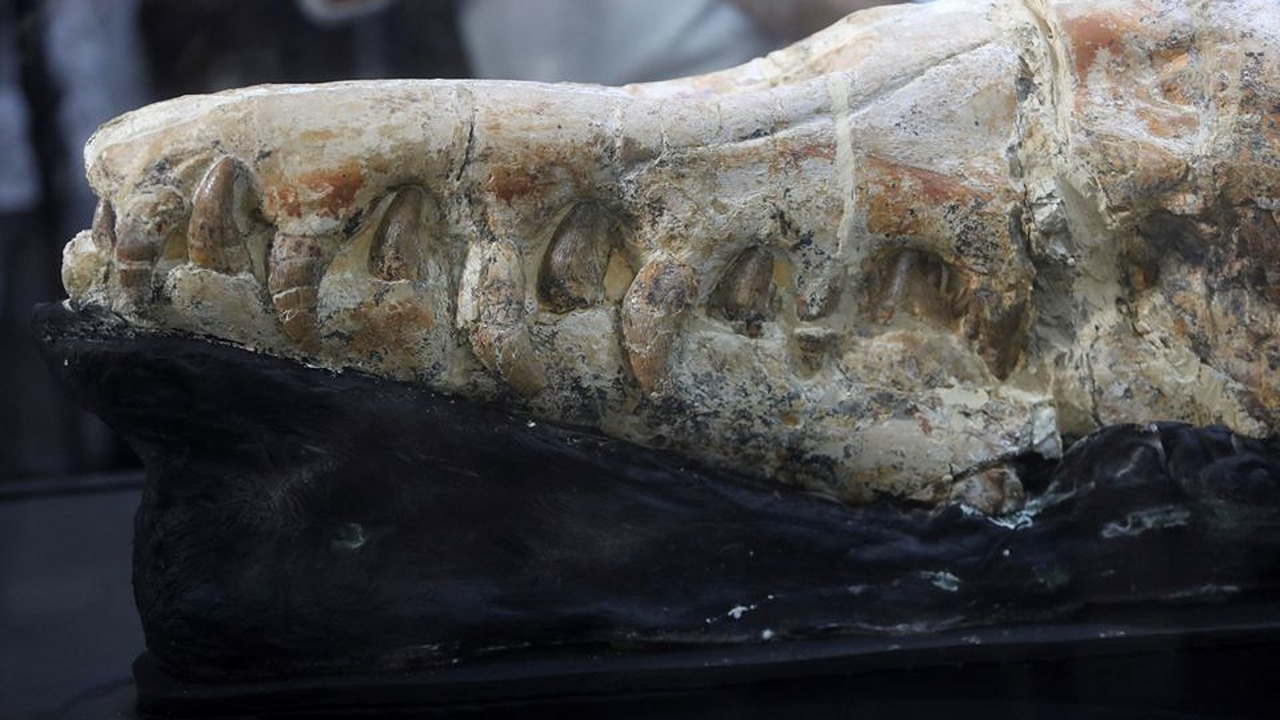
Rodolfo Salas, a paleontologist from the Peruvian National University, states that the fossil they found may be the ancestor of today’s whales. When looking at the fossil, it is quite remarkable that its sharp and long teeth still preserve their structure. This is likely because when he died, his skull was protected from wear and tear by sinking into the sea.
About 17,000 fish fossils have also been found in the Sahara.
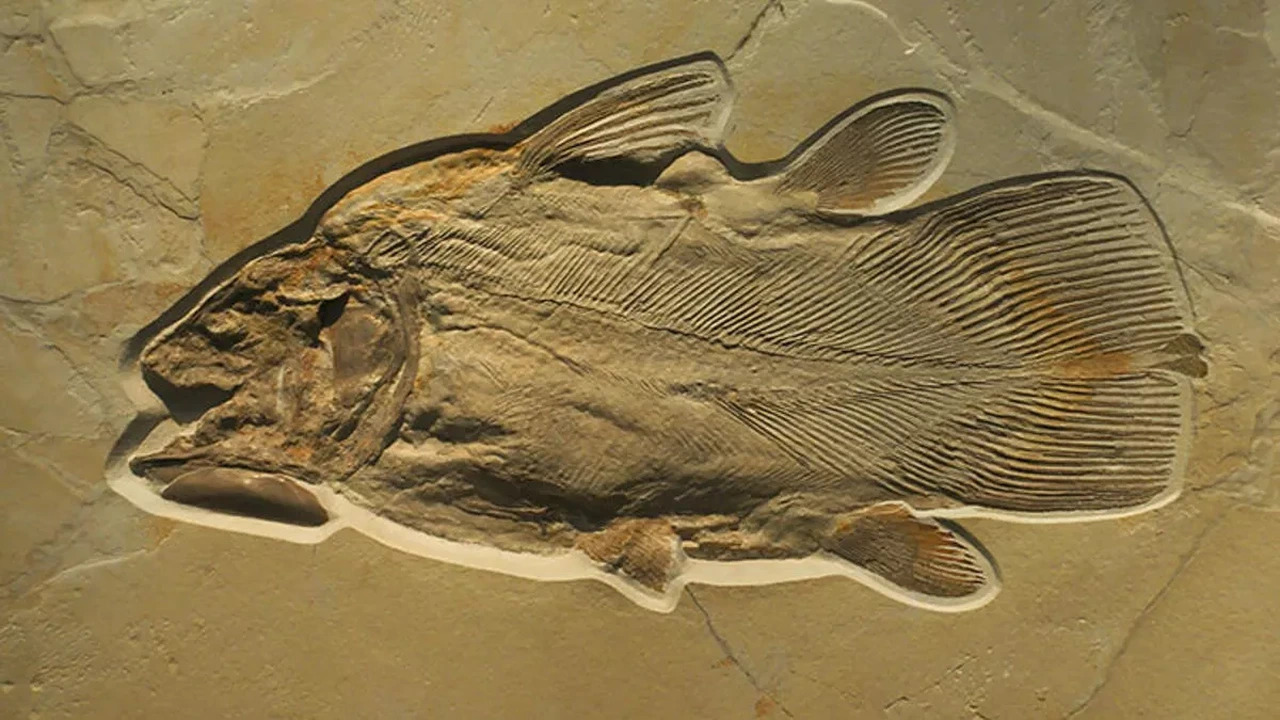
It was determined that the fish fossils found in the Acasus Mountains belonged to fish 11 thousand years ago. A lot of catfish and tilapia fish were found in the area. These finds indicate that fishing was common in the region in ancient times. In addition to these fossils, there are also remains of birds, reptiles and mammals in the region. According to an estimation appended as a result of the researches mAs the number of mammals increases, the fish gradually disappear.
Scientists, that the first marine mammals evolved from land animals up to 55 million years agoI and they agree that this happened 10 million years after an asteroid impact, including the dinosaurs we all know.
RELATED NEWS
This Desert Is Not In Arabia, It Is In Turkey: Where And How Did These Sand Dunes Resembling A Piece From The Sahara Form?
RELATED NEWS
If We Cover the Sahara Desert with Solar Panels, the Energy Needs of 4 Earths Can Be Satisfied: So Why Not?
RELATED NEWS
What Is This Mysterious Eye Shape In The Sahara Desert? A Huge City Fits Inside!
RELATED NEWS
